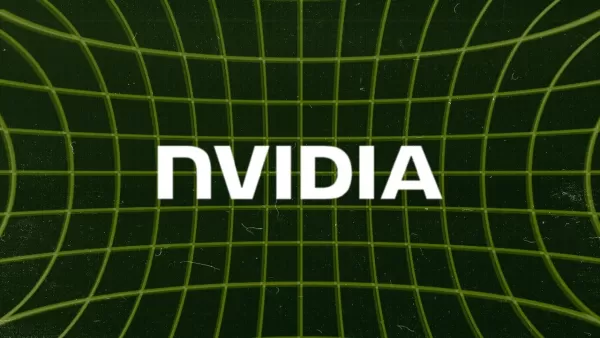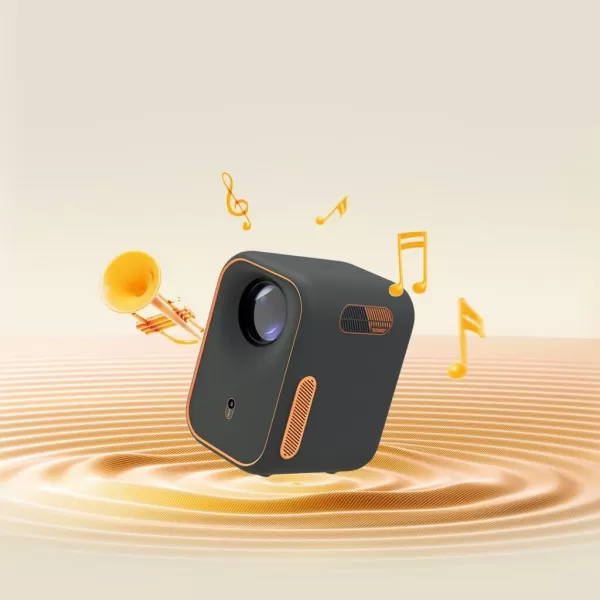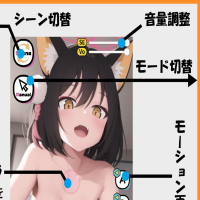

Digital Foundry has confirmed the full specifications of Nintendo Switch 2's system-on-chip, verifying earlier rumors about its architecture including the Tegra T239's CUDA core count. While we now understand the hardware capabilities powering Nintendo's upcoming console (launching in June), actual game performance will depend on developer optimization. Early indicators suggest promising potential.
Competitive Handheld Market Landscape
The Nintendo Switch 2 represents a significant leap over its predecessor but enters a fundamentally different market. Competing devices like the Steam Deck and Asus ROG Ally X now offer handheld AAA PC gaming, creating new challenges for Nintendo's $449 system.
While the Switch 2 maintains its exclusive advantage for Nintendo franchises like Mario Kart World, multiplatform gamers will need to carefully consider alternatives given the competitive pricing and performance landscape.
Hardware Performance Analysis
Nvidia's custom Tegra T239 processor powers the Switch 2, featuring:
- 8-core ARM CPU architecture
- Ampere GPU with 1,536 CUDA cores
- DLSS and ray tracing capability
Performance metrics reveal:
- Docked GPU clock: 1,007MHz
- Handheld GPU clock: 561MHz
- 12GB LPDDR5 memory (128-bit bus)
- 102GB/s bandwidth (docked)
- 68GB/s bandwidth (handheld)
Display and Battery Comparison
The Switch 2 features a 7.9" 1080p LCD display with:
- HDR10 support (1000+ nits peak brightness)
- 120Hz variable refresh rate
- Wide Color Gamut support
Battery specifications:
- 5,220mAh capacity
- ~2 hours minimum gameplay
- Estimated 19Wh capacity
First-Party Game Showcase
Highlighted Nintendo Switch 2 launch titles:
- Mario Kart World
- The Legend of Zelda: Breath of the Wild - Enhanced Edition
- Metroid Prime 4: Beyond
- Pokémon Legends: Z-A
Performance Considerations
While 4K native gaming remains unrealistic, DLSS upscaling from 1080p shows promise for docked play. Third-party titles like Cyberpunk 2077 will likely require significant optimization compromises, whereas Nintendo's first-party games demonstrate impressive visual fidelity within the hardware constraints.
The Switch 2 represents a generational leap from its predecessor, though its value proposition depends largely on consumer priorities - exclusives versus raw performance in a maturing handheld PC market.









